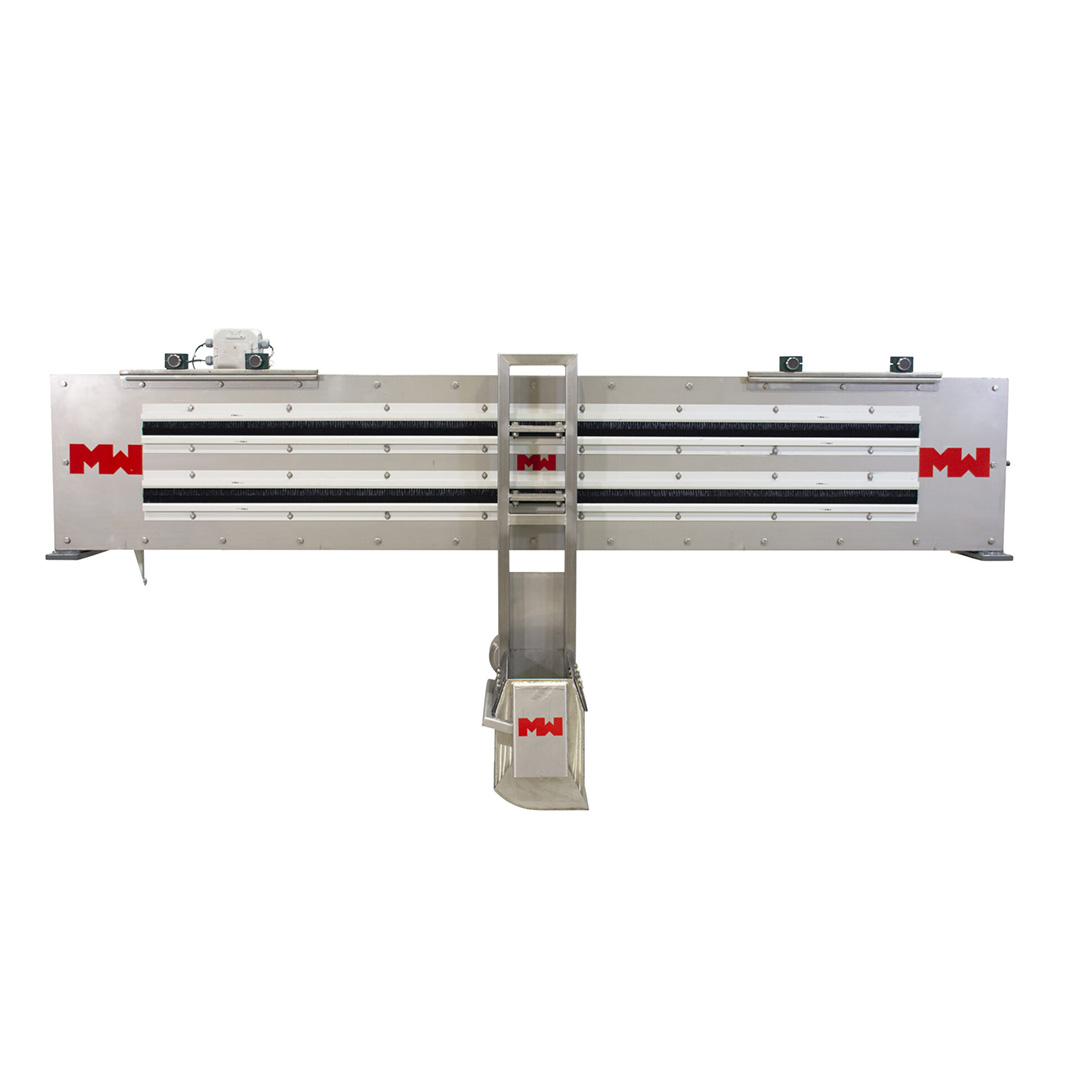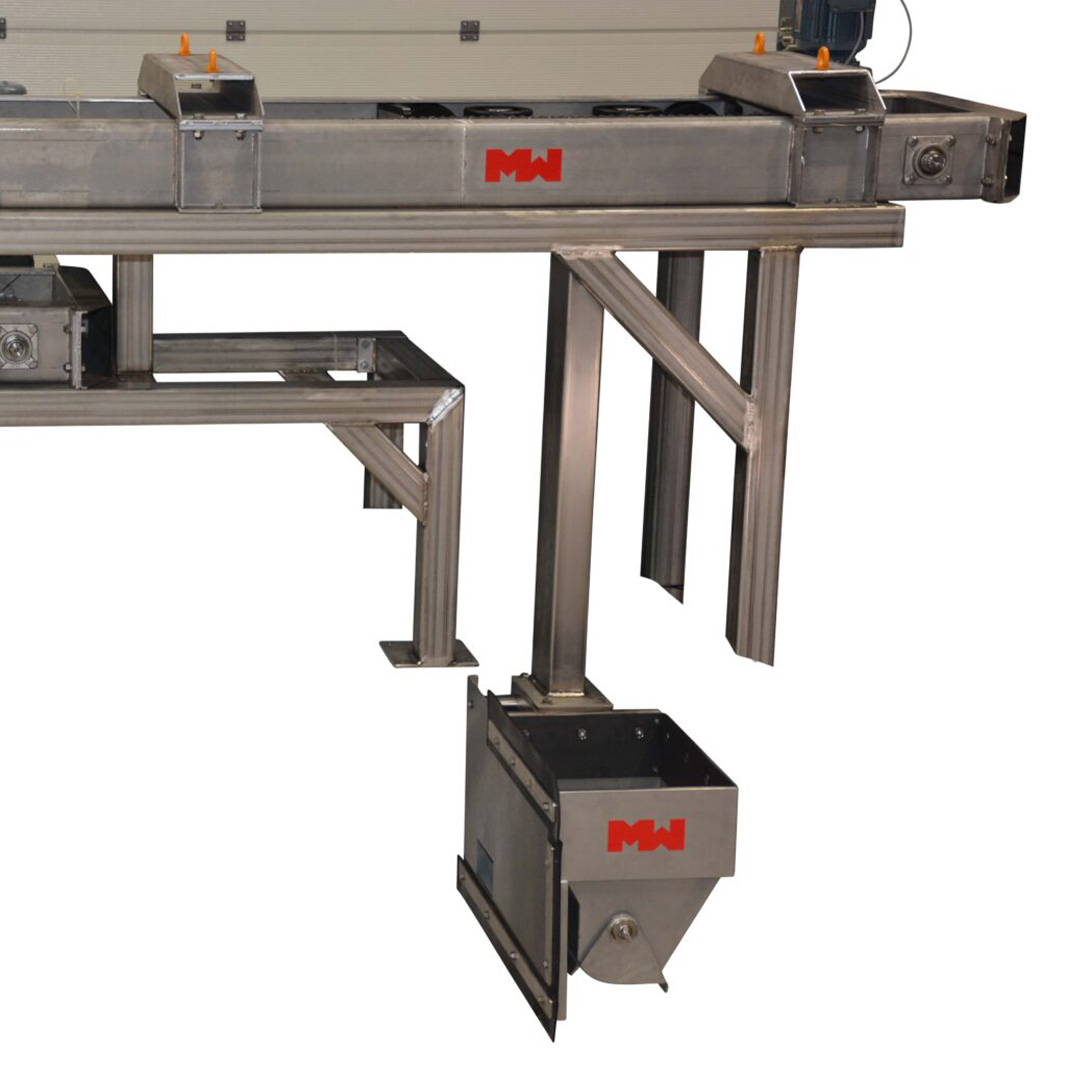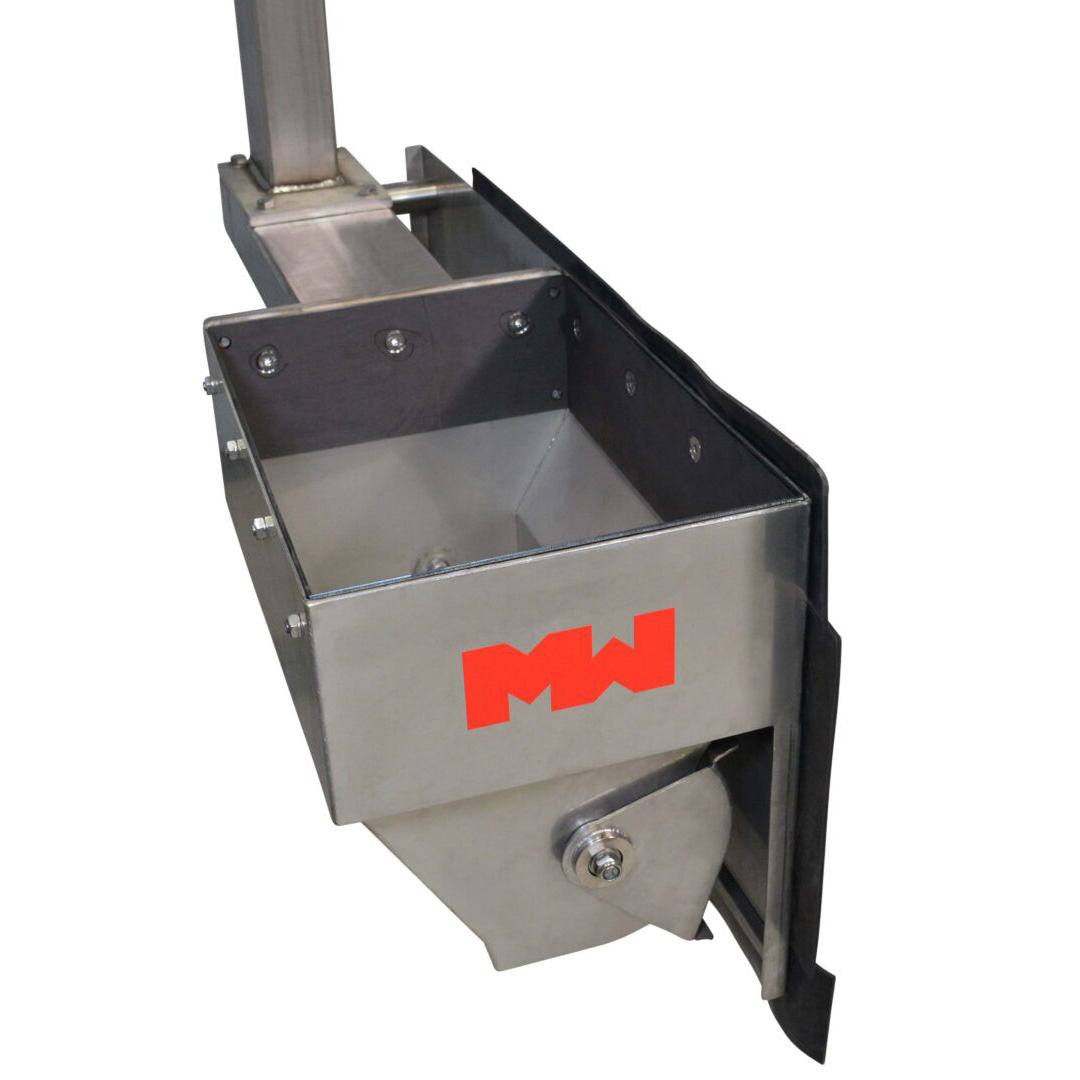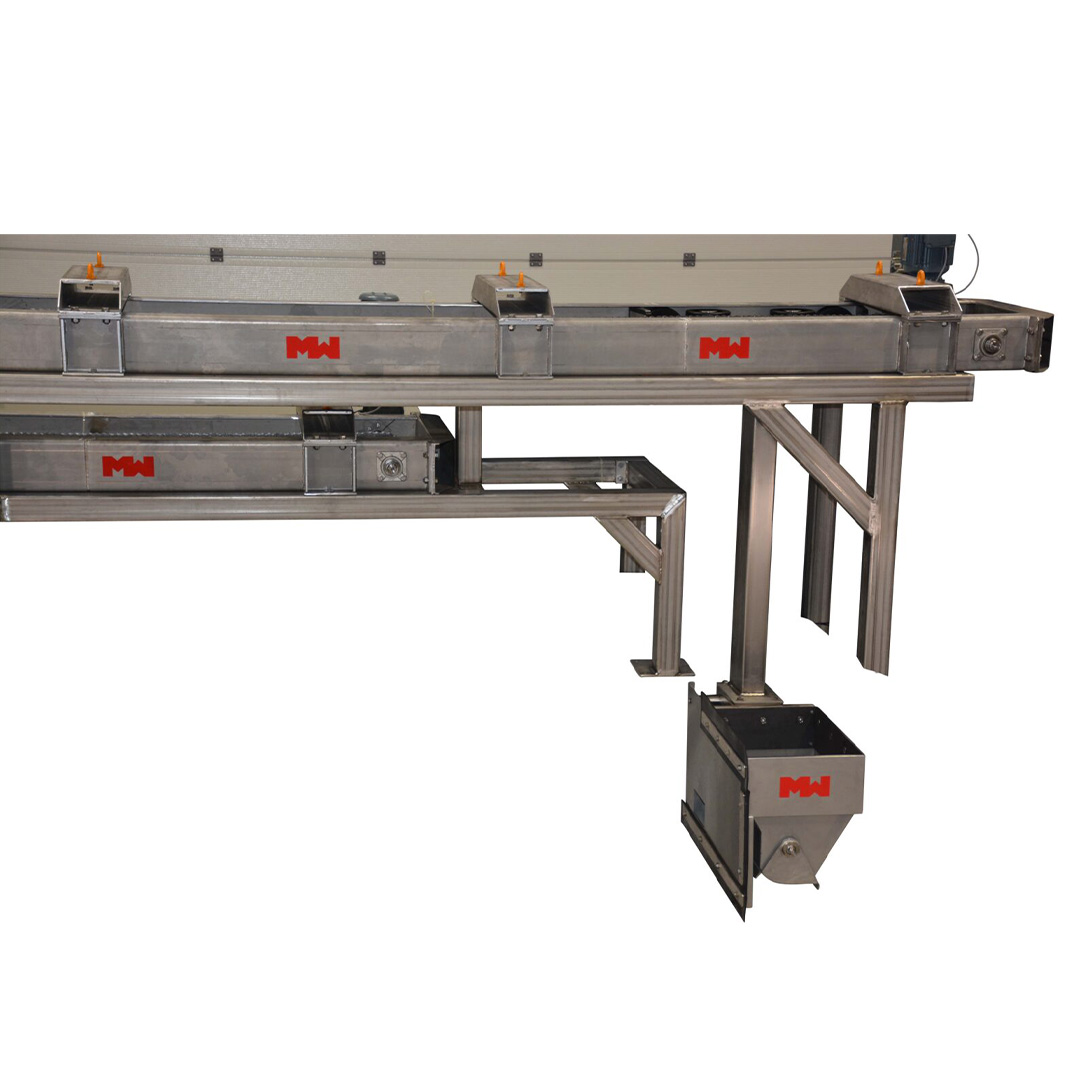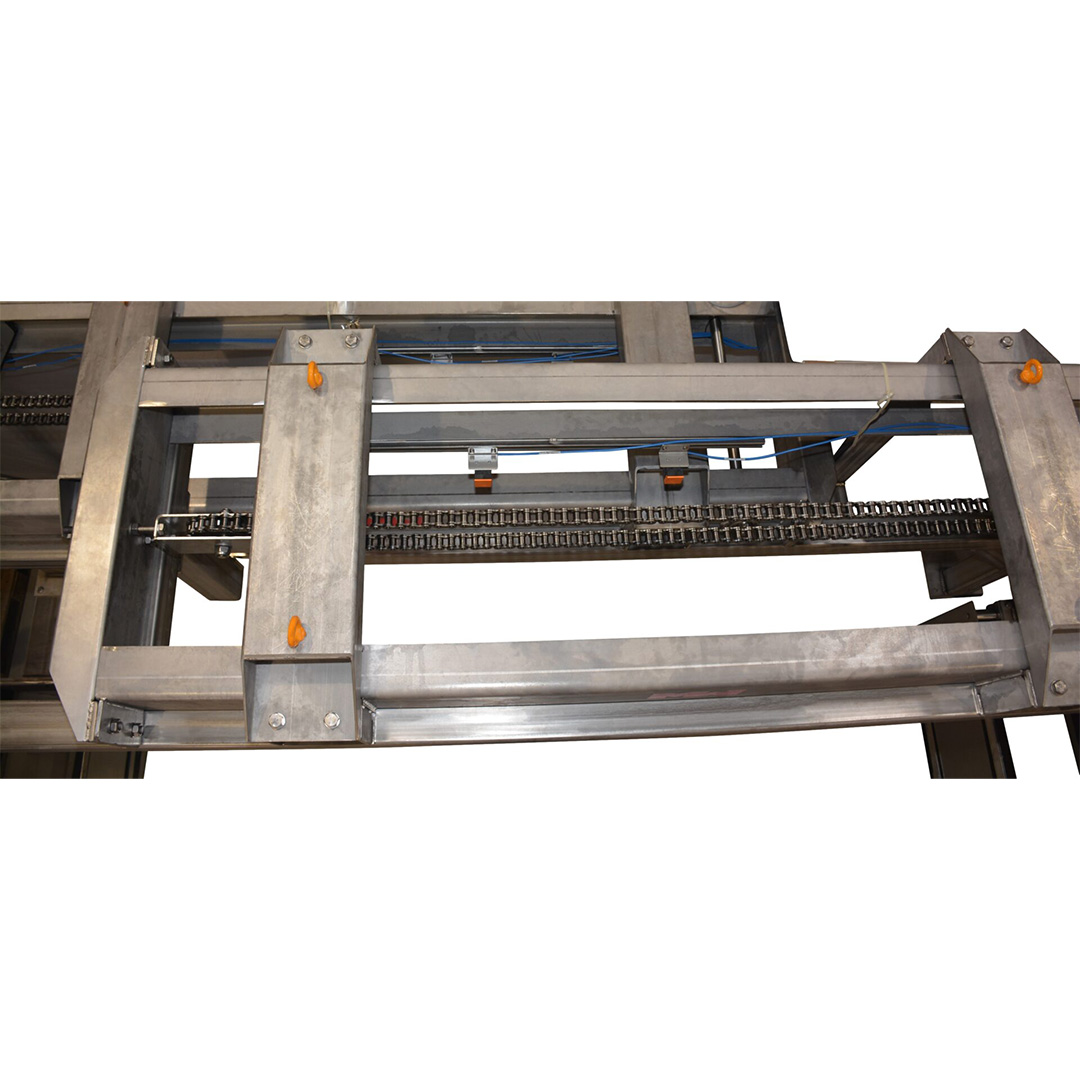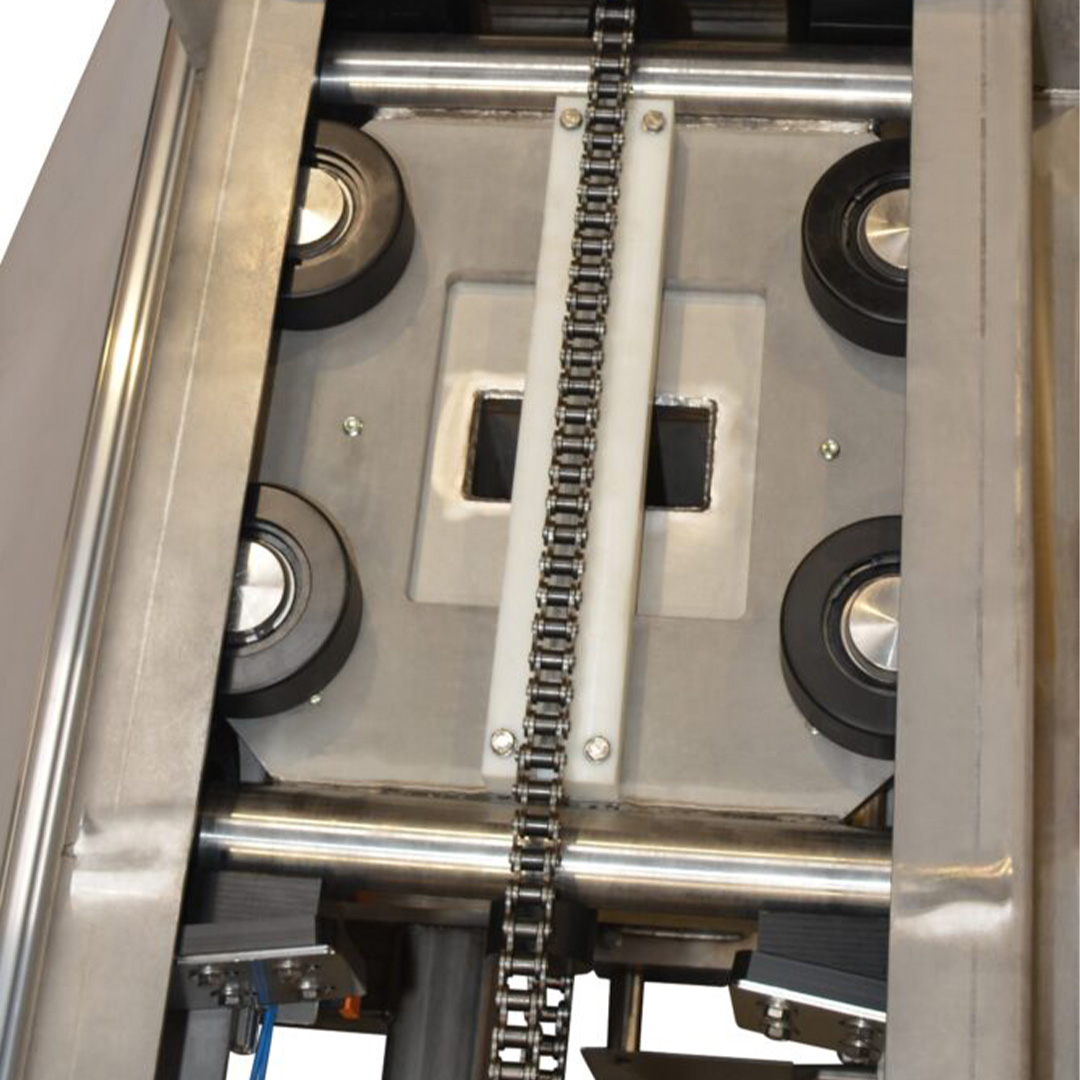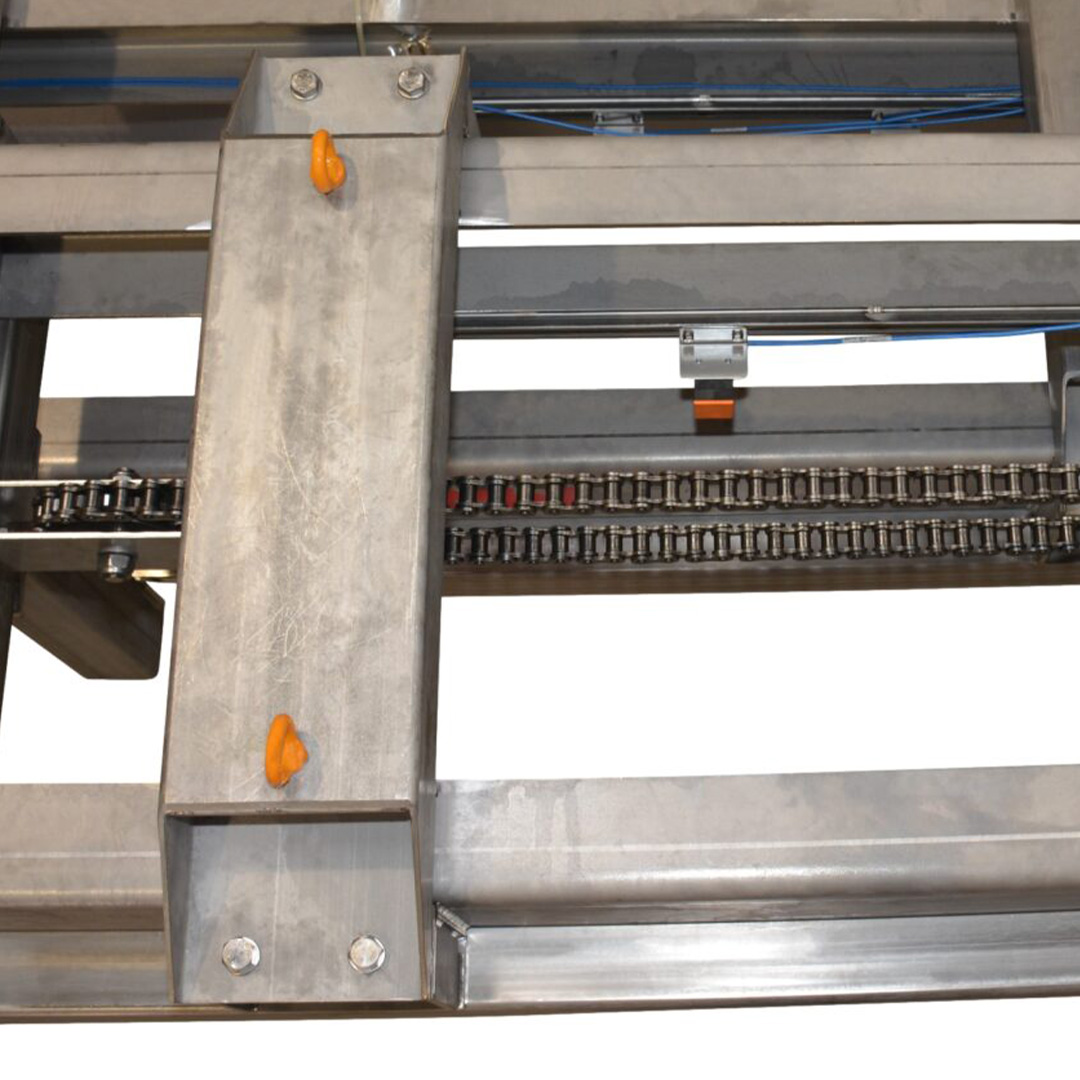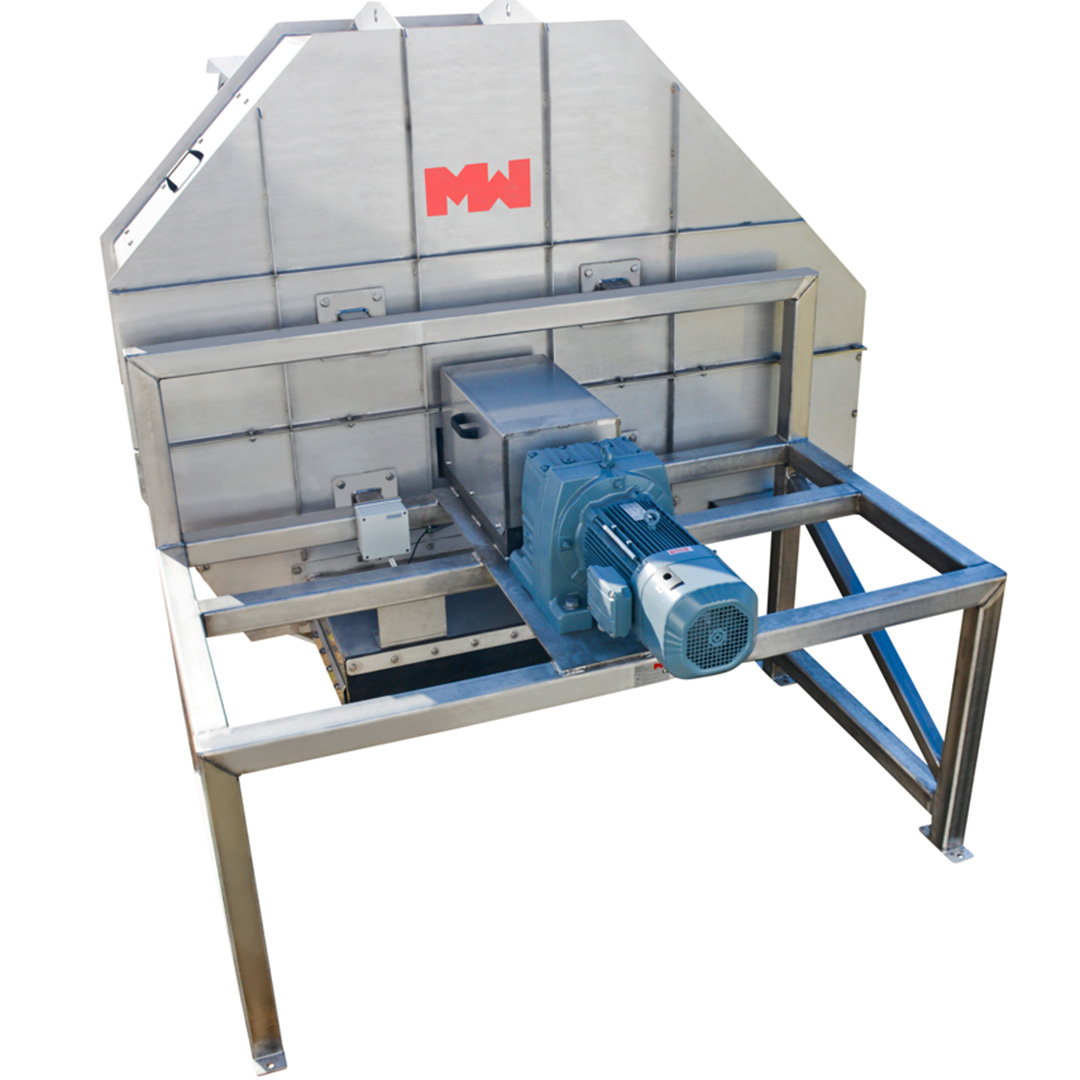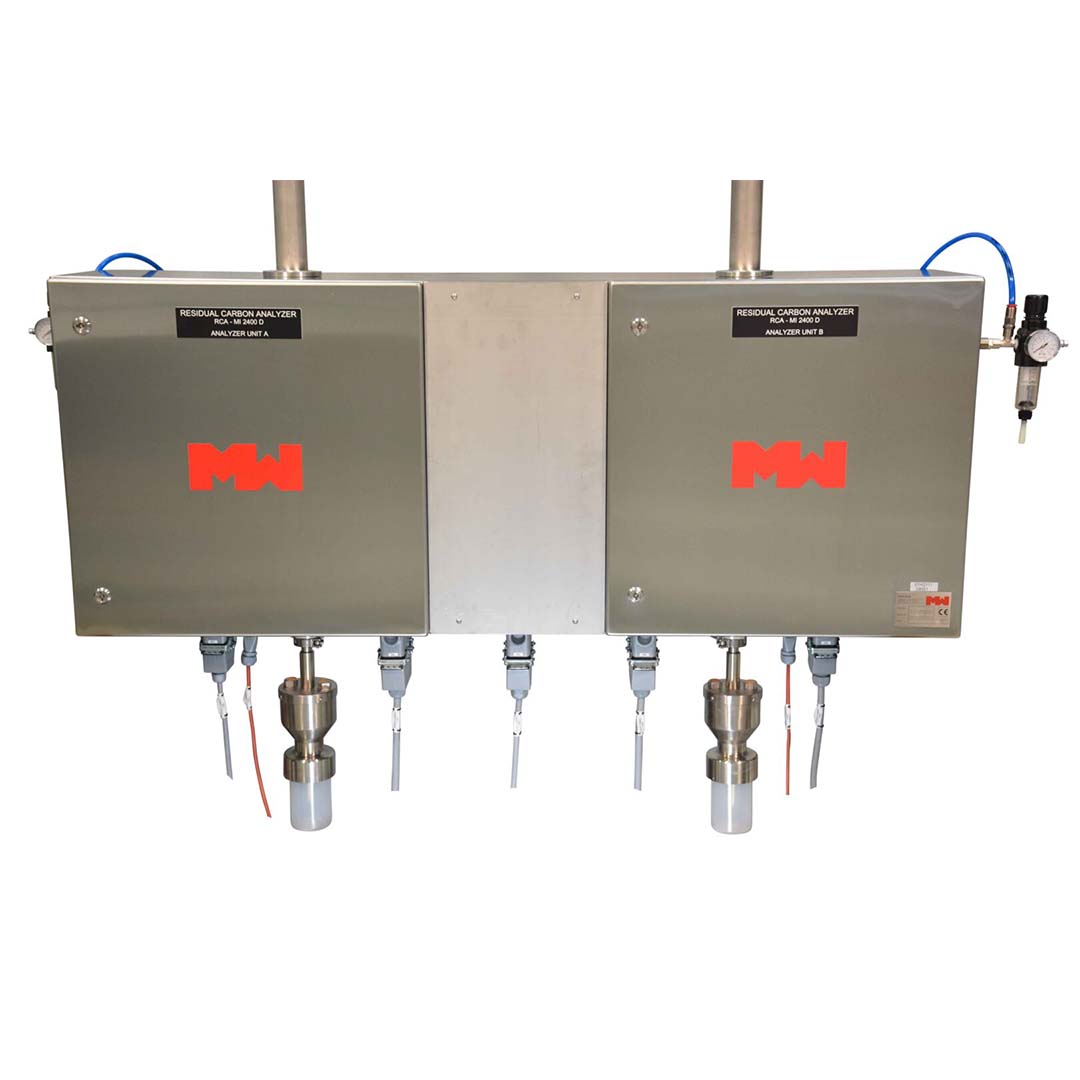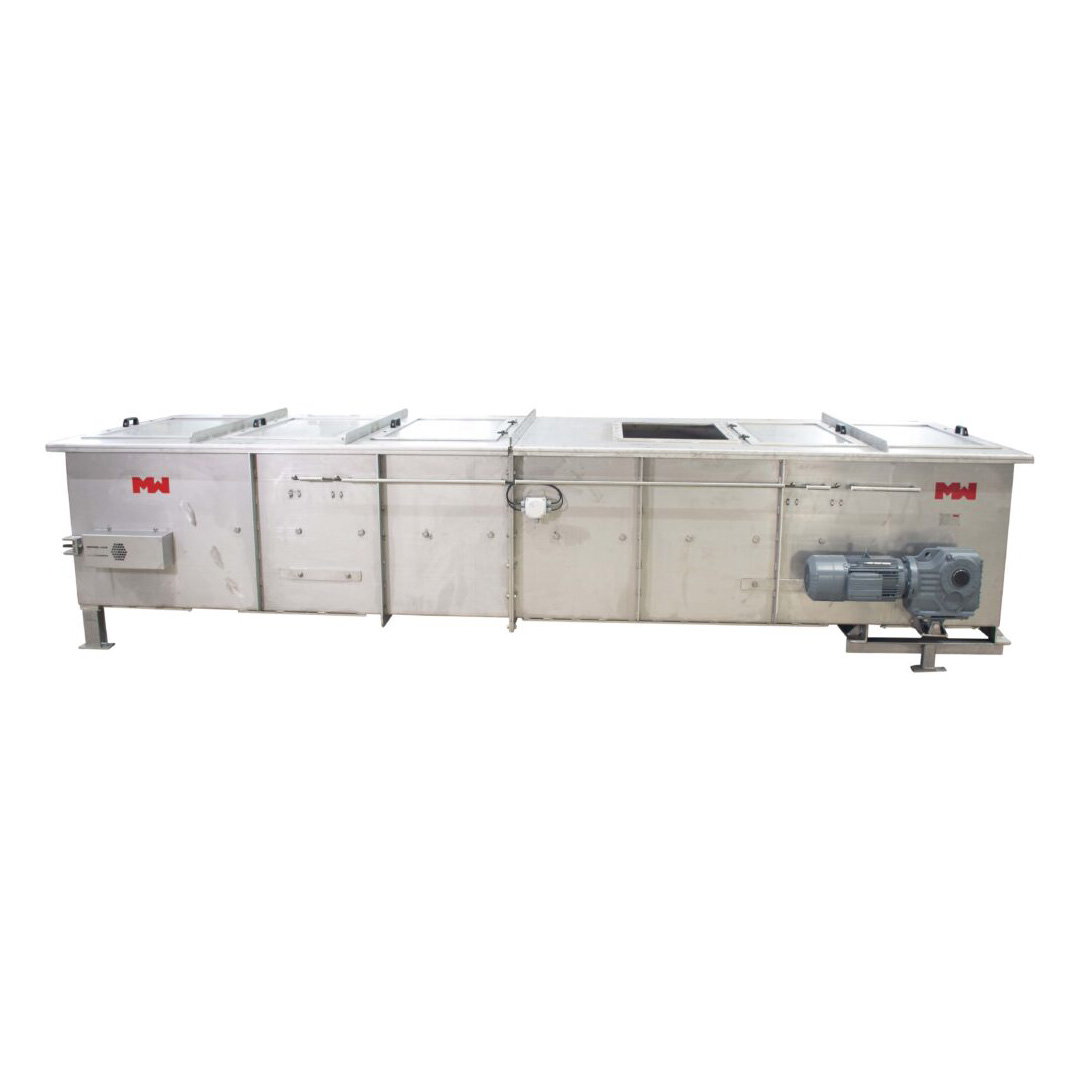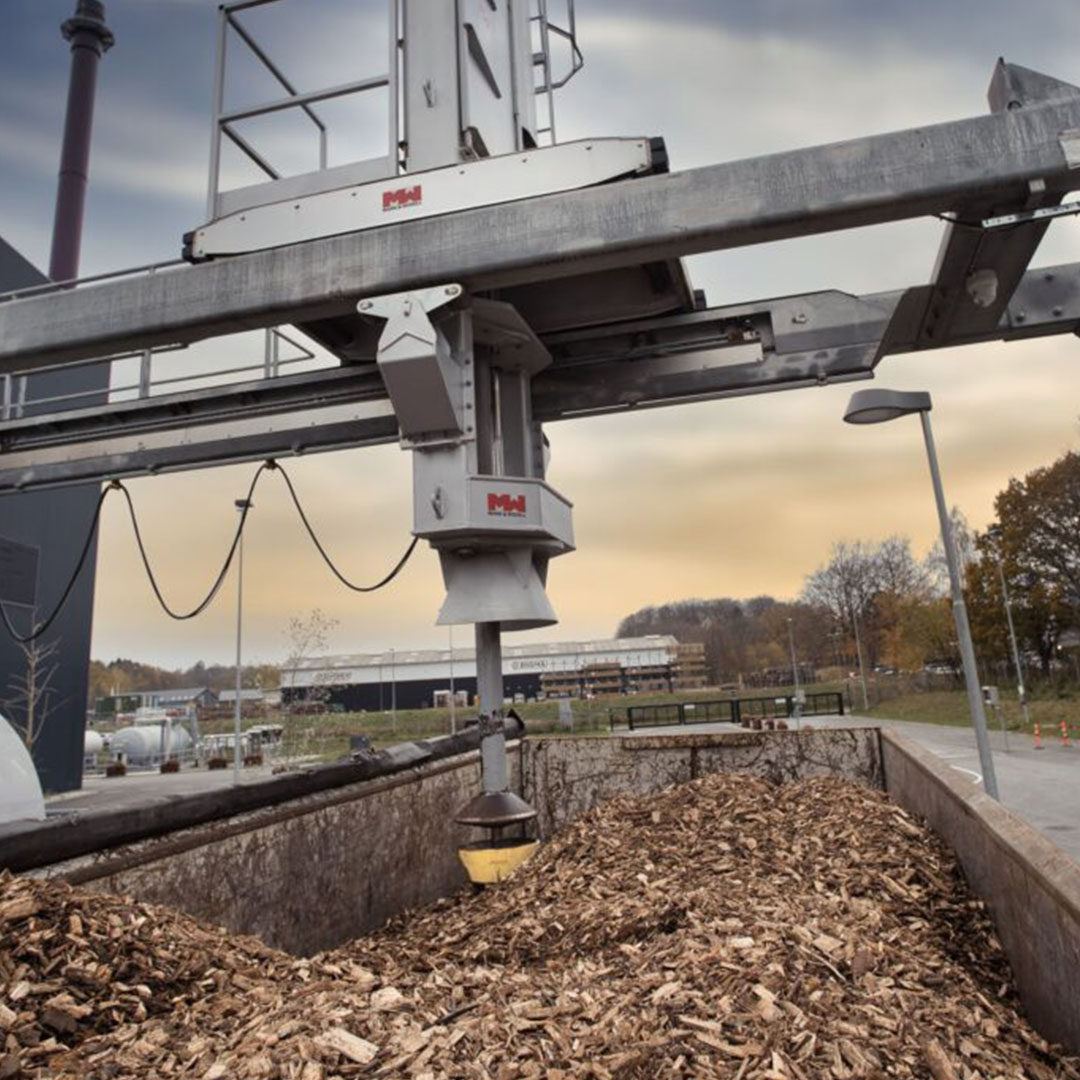Product Description
At M&W JAWO Sampling, we understand that every industry has unique sampling requirements. That’s why we offer customized sampling solutions to meet your specific needs. Our team of experts will work with you to design a sampling solution that is tailored to your industry and application.
If you’re looking for an automatic falling stream sampler, M&W Cross Stream Sampler is the perfect solution. It’s reliable and provides representative sampling with accurate and consistent results. So why wait? Contact us, and get started on the process of designing a Cross Stream Sampler for your plant today!
Another of Mark & Wedells sampling solutions is the Cross Stream Cutter, that is designed to occupy less space than the Cross Stream Sampler.
What does a cross stream sampler do?
The Cross Stream Sampler (CSS) extracts a representative increment/cut of bulk material from a free-falling stream at the discharge point of a conveyor belt.
Representativity of the increment is ensured by extraction of a complete cross section of the material stream.
The Cross Stream Sampler Chain (CSS-C) variant is driven by a robust chain system.
The Cross Stream Sampler Wire (CSS-W) variant is driven by a robust wire system. The CSS-W is preferable for material containing large amounts of dust or fine particles. The CSS-W is well suited for materials like biomass, limestone powder etc.
How does it do it?
The CSS consists of a railing system translating a suspended bucket cutter with a bottom-hinged discharge port. A robust drive (chain/wire) is connected to a gear motor on top of the rails. The motor control ensures that the cutter moves at a constant speed of up to 0.6 m/s when cutting a transverse increment from the falling material stream.
The CSS is enclosed in a cover housing to avoid incoming contamination.
Hatches on top and on the side of the housing allow easy access for inspection and cleaning.
The cutter is parked above the sample discharge port to prevent entrance of non-sampled material. When an increment is requested, the carriage first moves through the material stream with the discharge port open, allowing the process stream material to pass through the cutter unaffected. At the turning point, the discharge port is closed, allowing the cutter to be filled on the return journey. The cutter is accelerated, and decelerated, to/from a constant cutting velocity well outside the active sampling zone. After the cutter is slowed down and parked above the parking position, an activator opens the discharge port which releases the extracted increment.
A typical increment volume is between 25 and 100 l.
What are the technical details?
Housing: Stainless Steel AISI 304/316 or painted carbon steel
Railing system: Stainless Steel AISI 304/316 or painted carbon steel
Power: Stainless Steel AISI 304/316 or painted carbon steel with Hardox impact plate
Instruments: Inductive Position switches.
Gear Motor: SEW or equivalent.
Local control box: Stainless steel or painted steel, containing Motor feeder, frequency converter, PLC and interface for external communication.

